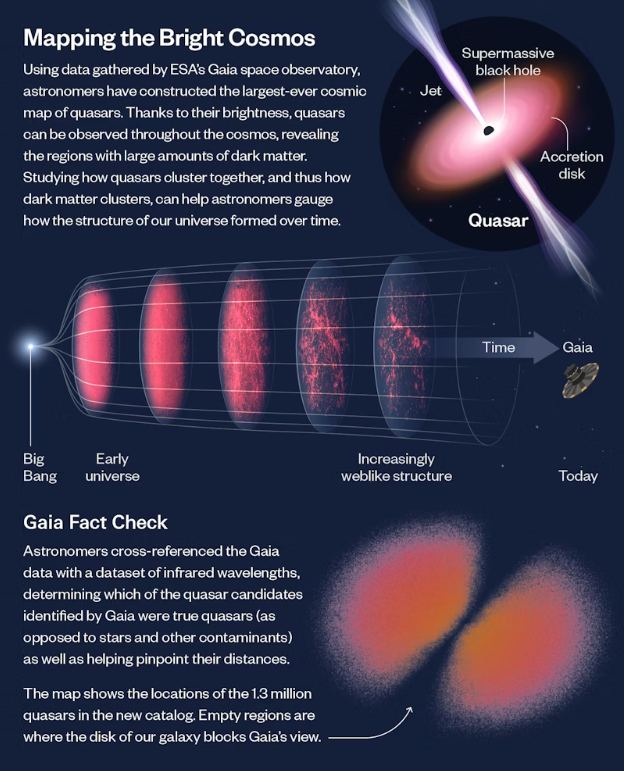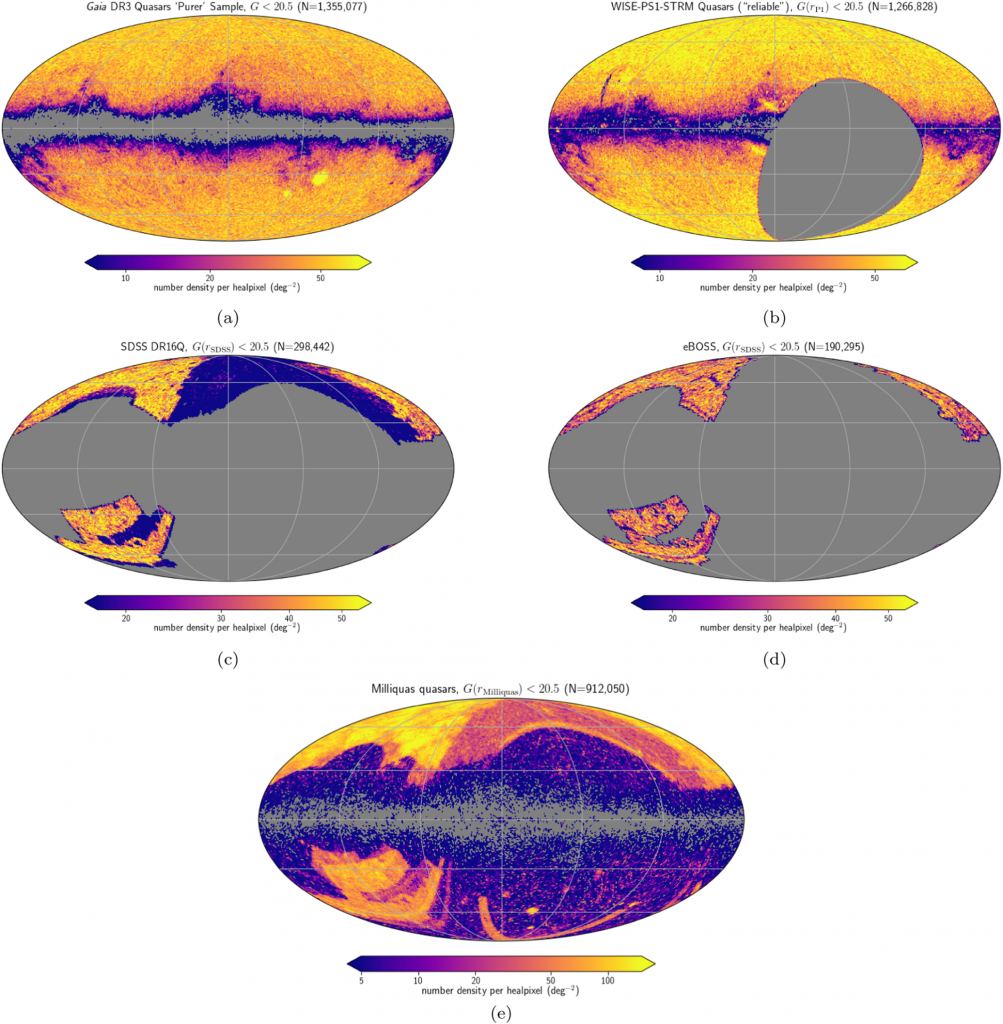Roughly two years and six months from now, as part of NASA’s Artemis III mission, astronauts will set foot on the lunar surface for the first time in over fifty years. Beyond this mission, NASA will deploy the elements of the Lunar Gateway, the Artemis Base Camp, and other infrastructure that will allow for a “sustained program of lunar exploration and development.” They will be joined by the European Space Agency (ESA), the China National Space Agency (CNSA), and Roscosmos, the latter two collaborating to build the International Lunar Research Station (ILRS).
Anticipating this process of lunar development (and looking to facilitate it), the Defense Advanced Research Projects Agency (DARPA) launched the 10-year Lunar Architecture (LunA-10) Capability Study in August last year. In recent news, the agency announced that it selected Northrop Grumman to develop a moon-based railroad network. This envisioned network could transport humans, supplies, and resources for space agencies and commercial ventures, facilitating exploration, scientific research, and the creation of a lunar economy.
According to DARPA, the seven-month LunA-10 study aims to establish “an analytical framework that defines new opportunities for rapid scientific and commercial activity on and around the Moon.” It also aims to foster the development of foundational technology to optimize lunar infrastructure, allowing space agencies to move away from individual efforts within isolated, self-sufficient systems and towards shareable, scalable, resource-driven systems that can operate together. In keeping with NASA’s long-term objectives, this work will complement the administration’s “Moon to Mars” objectives.
Artist rendition of construction of the Moon. Credit: NASA.
In layman’s terms, the plan is to develop the technologies that will allow space agencies and companies to access each others’ resources, facilities, and information to promote further growth opportunities. Several key sectors are identified in the solicitation that must be developed into services to sustain a long-term presence on the Moon based on an independent market analysis of the future lunar economy. They include construction, mining, transit, energy, agriculture, and research (e.g., medicine, robotics, and life sustainment) that will have applications for space exploration and life on Earth.

































